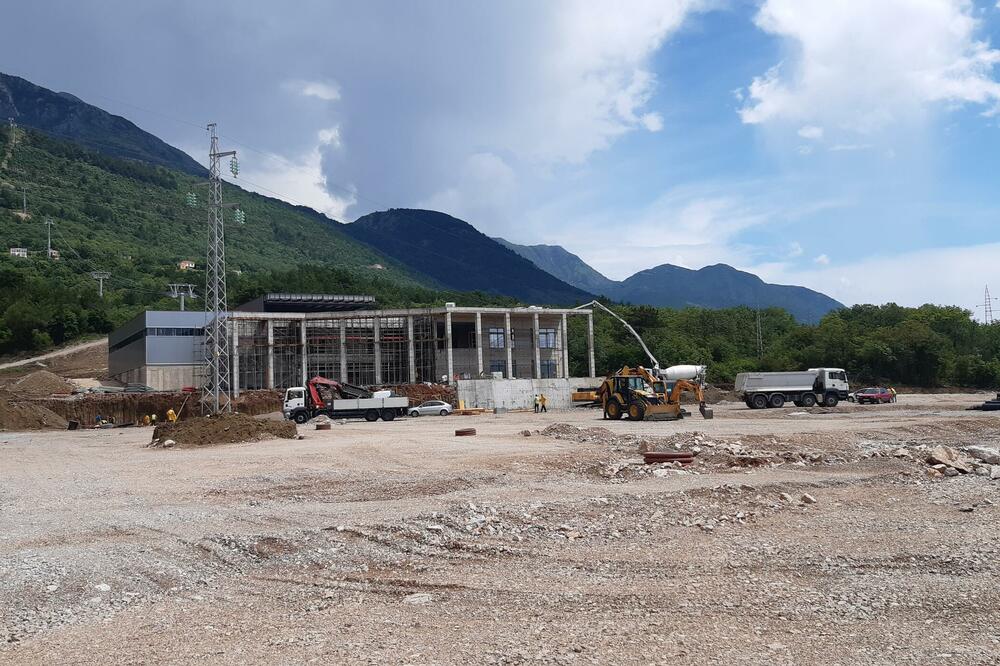The construction of the Kotor - Lovćen cable car was not followed by a study on the impact on the natural and cultural-historical heritage of the protected region, it has been learned. Center for Investigative Journalism of Montenegro (CIN-CG), even though it is an area that is part of the world heritage. Instead of a study, the concessionaire was only required to make a detailed visual analysis.
In this way, the non-governmental sector warns, enormous and irreparable damage has already been done, while representatives of the investor, the company "Žičara Kotor - Lovćen" call for patience and claim that interventions on the ground have been reduced to a minimum and that they are accompanied by rehabilitation plans.
The NGO Expeditio from Kotor told CIN-CG that the slopes of Lovcen, villages and katuns were devastated, and marked hiking trails were also destroyed.
"The access roads that were cut for the construction of the cable car and transmission lines of the electric power infrastructure destroyed the slopes of Lovćen, which, apart from having exceptional natural and ambient values, partly belong to the natural and cultural-historical area of the city of Kotor, which is on the UNESCO World Heritage List and, since 1979", Sandra Kapetanović, an architect from NGO Expeditio, told CIN-CG.
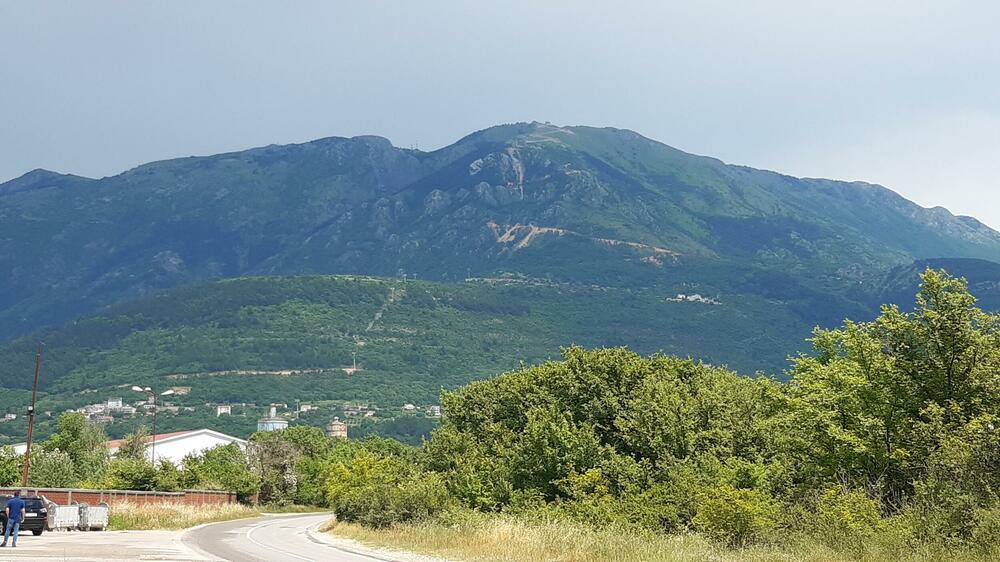
From that organization, CIN-CG submitted photos showing that the slopes of Lovcen were devastated. It is possible to see this from the Tivat Bay, as CIN-CG journalists were convinced when they toured the field.
The damage was reported to the Municipal Police and Cetinje Inspection, says Kapetanović.
In the report of the Cetinje inspection, which CIN-CG had access to, it is written that it is about works that have received a permit, and that the contractor has announced that the plan is to arrange the terrain after the works and return it "as much as possible to its original state". .
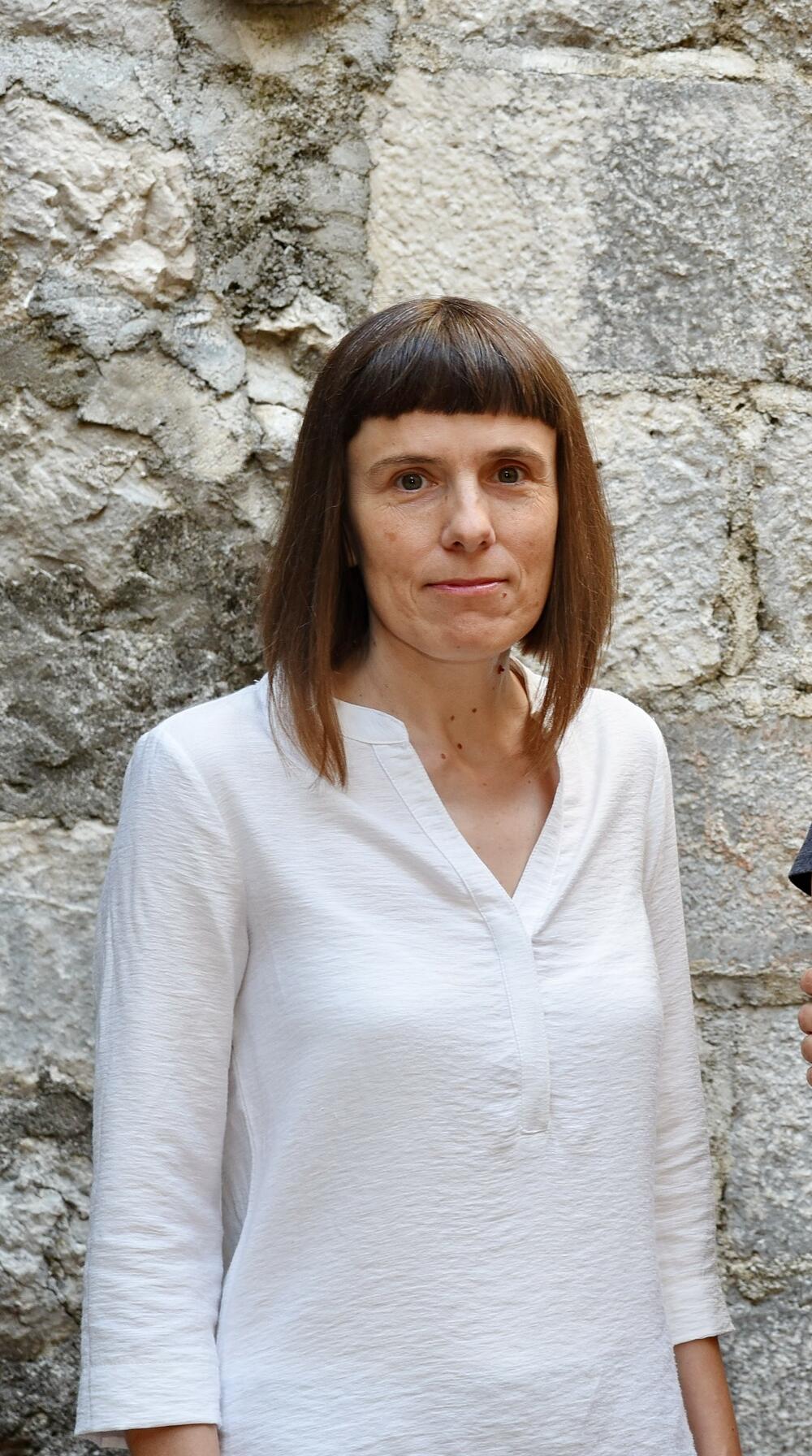
"The question is whether this is possible after such extensive interventions," says Kapetanović.
Although the cable car is outside the cultural and historical core of the city of Kotor, it is largely located in the UNESCO world heritage zone, i.e. the protected area of Kotor.
The natural and cultural-historical area of Kotor was inscribed on the World Heritage List in 1979, and was threatened with removal from that list a few years ago, due to uncontrolled urbanization and devastation of the cultural landscape. In the middle of 2016, the UNESCO World Heritage Committee made a decision on the measures that should keep the area of the Old Town and the Bay of Kotor-Risan on the List of Protected World Heritage, and the most urgent is the adoption of the HIA document - the study of the assessment of the impact on the cultural and natural inheritance.
Total investment 20 million euros
The cable car starts from Dub, which is located near the entrance to the road tunnel that connects Kotor with Tivat. The route leads to the location of Kuk on the Lovćen mountain and is 3.900 meters long, and will have about 20 pillars.
At the location of Dub, where the base station is, the construction of supporting facilities (parking, restaurant...) is planned, but for now only the construction of the main building is nearing completion. While visiting the grounds, CIN-CG journalists noticed that the metal structure was alone on a large sandy clearing. It is surrounded by construction machines and piles of earth, and behind the building are the pillars that will carry the gondolas, of which, according to the contract, there should be 40.
The pillars stretch up the hill, and the access roads are clearly visible, freshly excavated, earthy red as if it were a quarry, not a project for tourists.
The situation on the ground does not indicate that the cable car will be launched on July 13, although this was announced by the Government. And in the report of an independent engineer, hired by the Government, it is written that major delays are possible in the construction of road and energy infrastructure.
This was confirmed on Friday by the investor who announced that the opening of the cable car for commercial rides is planned at the end of July.
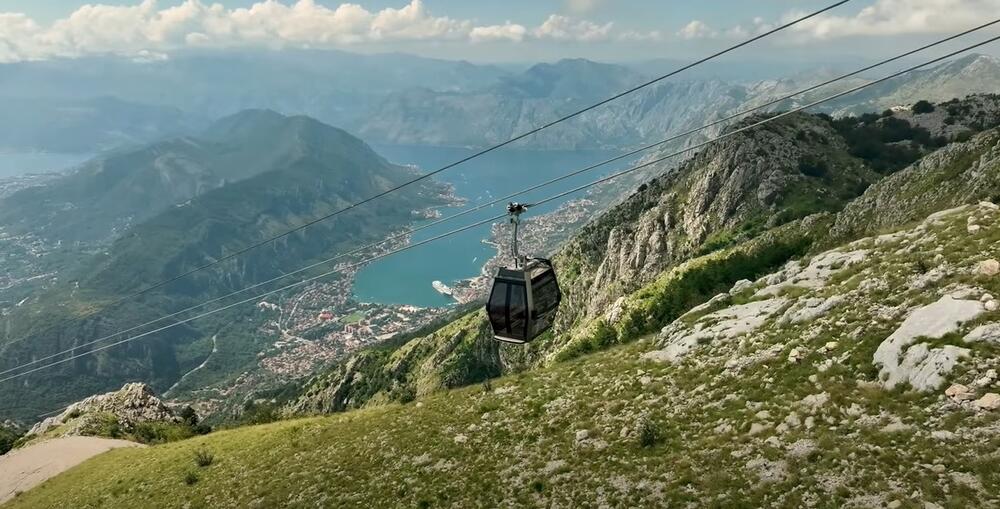
The concession contract for the construction of the Kotor-Lovćen cable car was signed on December 15, 2021 by the representatives of the Government of Montenegro and the "Leitner - cable car Kotor 1350" consortium, which consists of the companies Novi Volvox from Podgorica and the Italian Leitner. After that, in February 2022, the consortium founded the company "Žičara Kotor - Lovćen" in which Novi Volvox has an 80 percent ownership share, and Leitner 20 percent.
In April of this year, with the consent of the Government, the new Volvox transferred its ownership stake to its owner, the company Seed Capital Partners, whose owner is Milan Ivanović, according to data from the Central Register of Business Entities.
The total investment is estimated at around 20 million euros. The construction of the cable car began in July 2022, when the foundation stone was ceremonially laid.
Visual analysis did not predict damage
UNESCO told CIN-CG that the analysis of the information and documentation provided by Montenegro led to the conclusion that there is no need for an HIA study, and that the effect on views from the world heritage area, the natural and cultural-historical region of Kotor, can be negligible, without material impact on its exceptional universal significance.
In the 2019 UNESCO decision concerning the protection of the cultural and historical area of Kotor, it is stated that the World Heritage Committee requires the state to submit "accurate visual representations of the Kotor - Lovćen cable car" to the World Heritage Center for analysis.
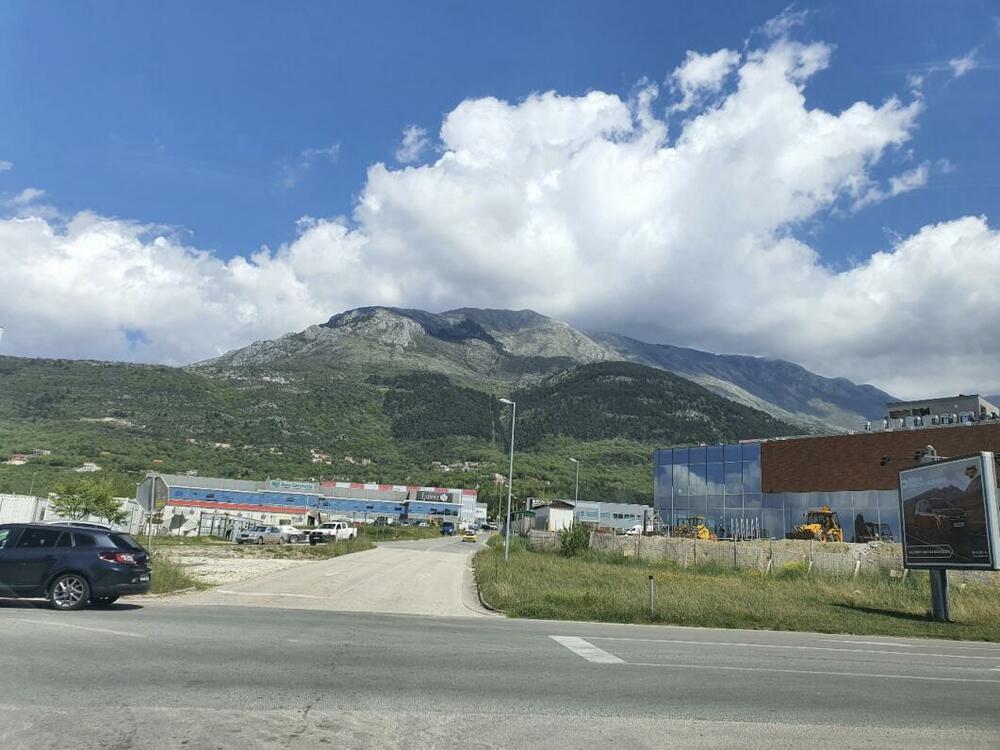
CIN-CG had an insight into the detailed visual analysis done by the conservation studio "Projektor" from Tivat, and the author is the architect and conservator Katarina Nikolić Krasan, who is also in charge of conservation supervision, i.e. preservation of heritage during the construction of the cable car.
The visual presentation did not predict the damage, which is most visible from the Gulf of Tivat. The difference is evident when comparing the photos from the documents, which show a green unsullied landscape, and those taken by CIN-CG journalists.
In the "Projector" document, it is stated that the visual effect of the cable car on the surrounding landscape is moderate, "due to the dimensions of the cable car route and elements, and the large space it occupies, as well as the distance from which it can be seen". It is stated that "the entire route of the cable car is visible, especially from the protected area of Kotor (Gornji and Donji Grbalj, Zelenika, Kumbor, Herceg Novi)", while part of the route is also visible from the protected area of Kotor.
"Of the cultural heritage buildings in the immediate vicinity, an effect was noticed on the Goražda fortress, which is not physically threatened by the cable car, but partly affects the visual integrity of the building," the Analysis states.
However, this document did not foresee the damage caused by the access roads.
The author of the visual presentation, Katarina Nikolić Krasan, told CIN-CG that interventions on the landscape are evident, but a final assessment cannot be made until the works are finished.
"There is enough time to repair the damage," she believes.
She explains that in her capacity as a conservation supervisor, she regularly controls the field and informs the independent engineer responsible for the overall engineering supervision.
The company "Žičara Kotor Lovćen" told CIN-CG that the entire project was carried out with the adoption of UNESCO's recommendations and that the concessionaire fulfilled all obligations regarding the impact of the project on cultural assets and that the route was moved to the Dub position in the industrial zone. in order to achieve a negligible impact on the protected area.
"Localities of exceptional value that are threatened by the works are the village of Žanjev do, which belongs to the area under UNESCO protection, the village of Bižaljevac, and the road Kotor - Krstac where the hiking trails have been ruined", says Sandra Kapetanović.
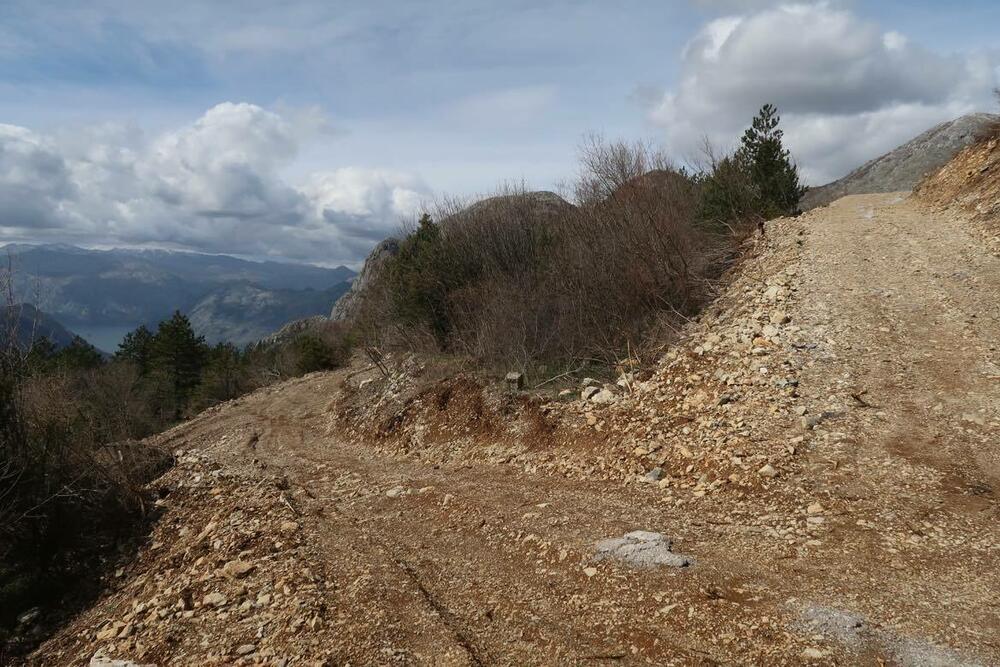
The protection of these locations must be unquestionable, she says.
"The Kotor - Krstac road was protected as a cultural asset of national importance in 2017 and is part of a landscape of exceptional value that leads all the way to Medjuvršje on Lovćen. Katun Bažiljevac belongs to the Lovćen National Park, so its protection must be unquestionable," explains Kapetanović.
UNESCO told CIN-CG that the state of preservation of world heritage will be presented to the World Heritage Committee at its session from September 10 to 25, 2023 in Riyadh (Saudi Arabia), and in the working documents of that session (which will be published at least six weeks in advance) a joint analysis by UNESCO and the International Council for Monuments and Sites (ICOMOS) will be published.
The works started without the adopted Elaborate on the environment
Although works on the cable car started on July 13, 2022, the Environmental Impact Assessment Report submitted by the Environmental Protection Agency (EPA) to CIN-CG was only adopted in October 2022, which is contrary to the Law on Environmental Impact Assessment the middle. "The holder of a project for which preparation of an analysis is mandatory or a project for which a decision has been made that the preparation of an analysis is necessary, cannot proceed with the implementation of the project, that is, obtain approvals for the performance of activities without consent to the analysis or a decision that the preparation of analysis is not necessary," the Law reads.
In the Elaborate, it is stated that the planned time of construction of the cable car is in the period from October 2022 to the end of February 2023.
For the consortium "Leitner - Žičara Kotor 1350" The elaboration was done by the company "Liming Project" from Podgorica.
"One of the biggest problems of preserving significant habitats and species in Montenegro is the non-transparent and inadequate planning of facilities in protected areas, the construction of which often does not meet minimum biological standards and disrupts the natural balance of already damaged natural ecosystems," says biologist Ksenija Medenica for CIN-CG. from the Center for the Protection and Study of Birds (CZIP).

The main cause of this problem is bad planning documents, inadequate application of environmental impact assessment, as well as political pressure, explains Medenica.
In the Elaborate, it is written that during the construction of the cable car, "the visual effects will not be the most favorable, but considering the location, population and proximity to traffic roads, there will not be a significant negative effect. It is added that there are protected plant and animal species in the vicinity of the cable car, and possible consequences include the loss of natural vegetation, forests, weakening of habitats, pollution of air, water, soil, the appearance of invasive species, permanent disturbance and migration of animals from the project location. and its wider surroundings, increased animal mortality... The danger to numerous bird species was highlighted, especially due to the risk of birds colliding with elements of the cable car.
That is why the Elaborate warns that monitoring of the entire route is needed in all seasons when the cable car starts working, and until then the practices of developed countries can be adopted. It is estimated that some of the changes will be of a permanent nature.
It is also stated that there are risks of fire and waste pollution.
Medenica indicates that fire protection measures also depend on the state.
"Fire is a real danger. Fire risk reduction measures are half-heartedly presented in the document, and all of the above cannot be effective on the ground if there is a lack of a system for quick action in emergency situations, as well as appropriate fire and flood protection plans," said Medenica.
In the Concession Act it is written that the concessionaire is obliged to respect all environmental protection measures provided for in the Spatial Plan of Special Purpose for the Lovćen National Park (PPNP) and the Report on Strategic Environmental Impact Assessment. The concessionaire is also obliged to comply with all environmental laws and regulations, including applicable international conventions and orders of competent authorities.
The National Parks of Montenegro (NPCG) told CIN-CG that only part of the construction of the cable car is located in the Lovćen NP zone. "The two last pillars of the cable car with the exit station are located in the third protection zone," NPCG said.
In contrast to the first and second protection zones, the construction of buildings is possible in the third zone.
The investor says that the route he is building is a function of the sustainable valorization of the Lovcen region, whose key value is untouched nature and authentic ambience.
Planned to earn 100 million euros from cruise ships
In the Analysis of the Justification of Realizing the Public Interest by Granting a Concession for the Implementation of the Kotor - Lovćen Cable Car Project, which was carried out by the Government of Duško Marković in 2019, it is explained that the construction of the cable car would significantly reduce the traffic load on the old Kotor - Lovćen road, the so-called serpentines, which have been declared cultural good. As stated, the cable car would have a positive impact on traffic problems and damage to the serpentine infrastructure, reduced passenger safety, but also on the environmental aspect. "Transportation by cable car, compared to the traditional way of organizing road traffic, is a far more favorable option," the Analysis states.
Analyzes of additional spending by tourists predict that, thanks to the cable car, the profit from tourists will increase significantly in Cetinje and in the Lovćen National Park, but mostly when it comes to tourists from cruise ships. According to the analysis, the highest income from tourists in these locations currently comes from tourists from cruise ships, and it is planned that such a trend will continue. Thus, it is predicted that in 2044, only on Cetinje, the profit from tourists from cruise ships would be about 4,5 million, while in 2015 it was only about 1,5 million.
It is estimated that for the first ten years of the cable car's operation, the profit from cruise ship tourists in the entire area would be around 100 million euros.
It is stated that this money can be partly invested in additional public services, infrastructure and "creation of new goods" in the local communities that include the cable car.
"Additional investments would be guided by the specific interests and demands of cruise ship passengers, in order to enable greater consumption, e.g. new service facilities, recreational activities, attractions, facilities, shops, etc.'', writes the Analysis.
All this indicates that the entire project serves to encourage and maintain cruise tourism. CIN-CG has already written about the problems that cruise ships bring to the bay: they pollute the air and water, and harmful gases devastate the buildings of the old town of Kotor. "Ships-cities" are ruining the seabed of the bay where important and rare species are present.
Cruising tourism is considered unprofitable in the long term in serious global analyzes when taking into account the costs of infrastructure and devastation caused by this type of mass tourism. Because of this, circular tourism, instead of contributing, can reduce the gross domestic product (GDP), according to several studies. Croatia has decided to significantly limit cruise tourism in Dubrovnik, and to introduce very strict rules, in order not to protect its most important area under the protection of UNESCO. Similar decisions are made by other countries.
The landscape of Lovcen has already been devastated
The disputed works in this area are a continuation of bad practices in the construction of infrastructure elements, says Sandra Kapetanović from the NGO "Expeditio". These practices have already devastated the landscape of the protected area of Kotor.
"An example is the two-way road Krstac - Međuvšje, which does not correspond to the National Park through which it passes," she explains.
The road was created by widening the old road, but with the kind of interventions that completely degrade the landscape of the National Park.
There is also the Njeguši-Cetinje road, which destroyed the historic road, which was a very important segment even though it was not officially protected, Kapetanović explains... In general, in Montenegro recently, we have a very bad practice of building new roads, which we need, but they would have to be done much more carefully, without aggressive and unnecessary interventions,'' she concluded.
After the completion of the works, it remains to be seen if and when the devastated area will be returned to its original state. The key question is whether the damage done can be completely remedied.

Bonus video:



